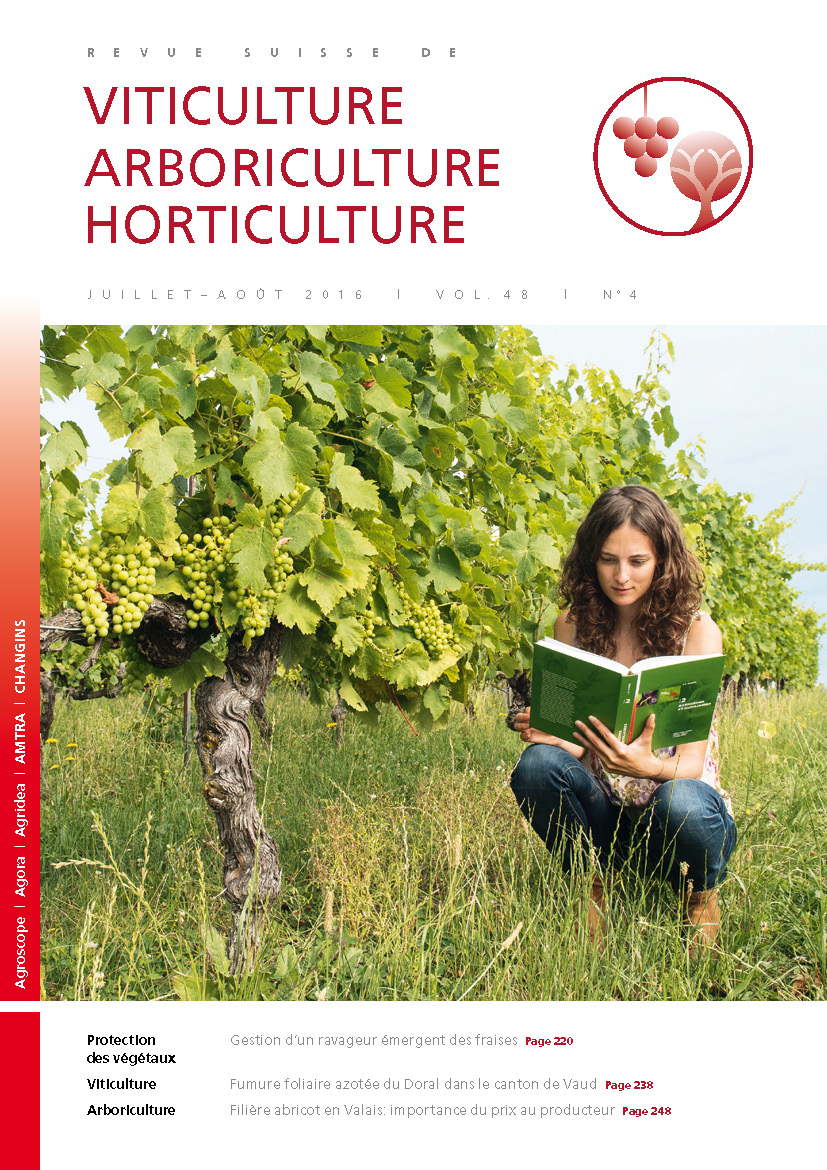
Issue 4 - July - August 2016

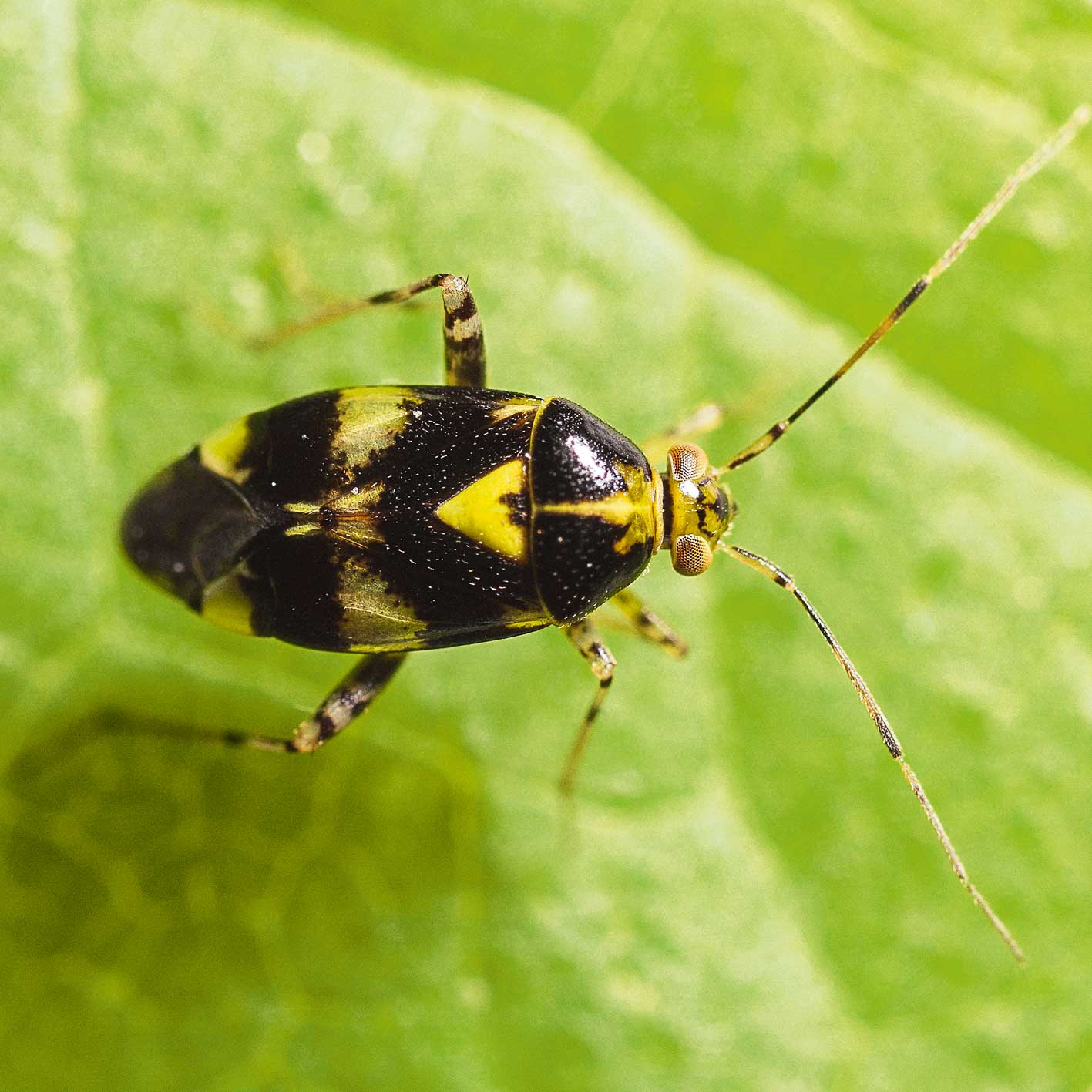
Abstract in open access
The common nettle bug Liocoris tripustulatus is an important emerging pest in protected everbearing strawberry crops in the region of Geneva (Switzerland). Its feeding on young fruits provokes misshapen berries known as “cat faces” (alike the Lygus bugs). Its control relies on the application of broad-spectrum insecticides, which is incompatible with the use of beneficials for biological control. The biology of L. tripustulatus was studied in the laboratory and trap crops such as alfalfa and stinging nettle were tested in practice. Whereas alfalfa showed no attractiveness for L. tripustulatus, the establishment of sting nettle strips along the sides of strawberries tunnels exhibited a high efficacy when they were treated with an insecticide as soon as a threshold of 10 bugs per 10 beatings was reached. This trap-crop method allowed a drastic reduction of insecticide applications on strawberries in 2014 and even their complete suppression in 2015.
Keywords: Liocoris tripustulatus, strawberry, trapcrop, biocontrol
E-Mail: serge.fischer@agroscope.admin.ch
Adress: Agroscope, 1260 Changins/Nyon
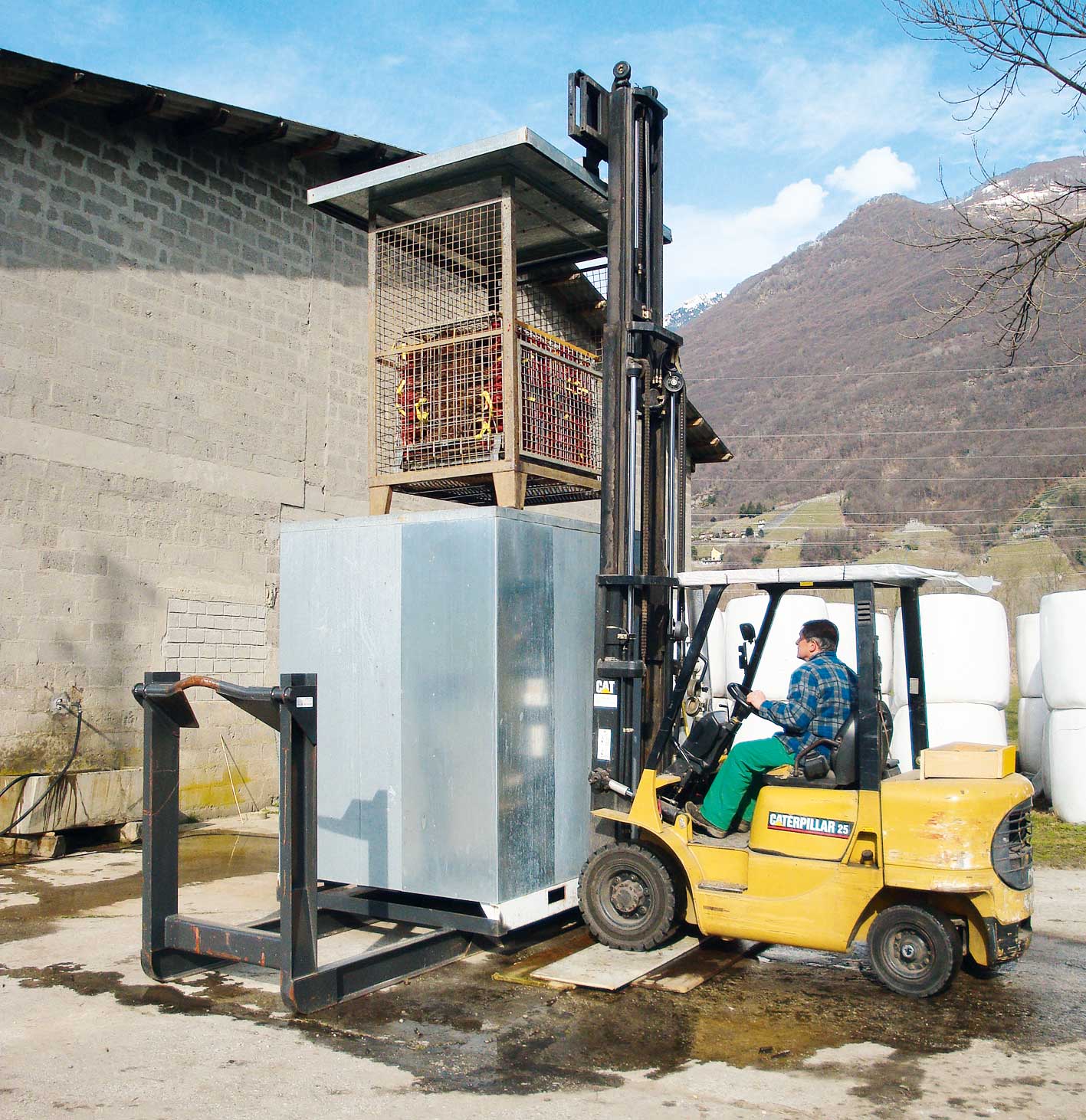
Abstract in open access
Valuable old apricot varieties in a number of fruit tree genetic-resource collection plots were found to be infected with European stone-fruit yellows (ESFY). Because it is hoped to preserve these apricot varieties over the long term, a simple method was sought to rid apricot scions infected with ESFY of the Candidatus phytoplasma prunorum pathogen. Of the laboratory test series, the combination of a 30-minute soaking in warm water (50 °C) followed by chip budding of the tested varieties showed the best growth rates. It turns out, however, that the method must be adapted for individual varieties. Sufficiently long warming-up and coolingdown times are very important for the successful growth of the chip grafts. A field trial with bareroot apricot bud grafts in a warm-water bath, as used for grapevine grafting against Flavescence dorée (grapevine yellows), was not successful, with fewer than 5 % of the treated plants of the two batches sprouting. Treatments were conducted at a water temperature of 50 °C and soaking times of 30 and 45 minutes.
Keywords: European Stone- Fruit Yellows, Candidatus phytoplasma prunorum, warmwater treatment
E-Mail: markus.buenter@agroscope.admin.ch
Adress: Agroscope, 8820 Wädenswil
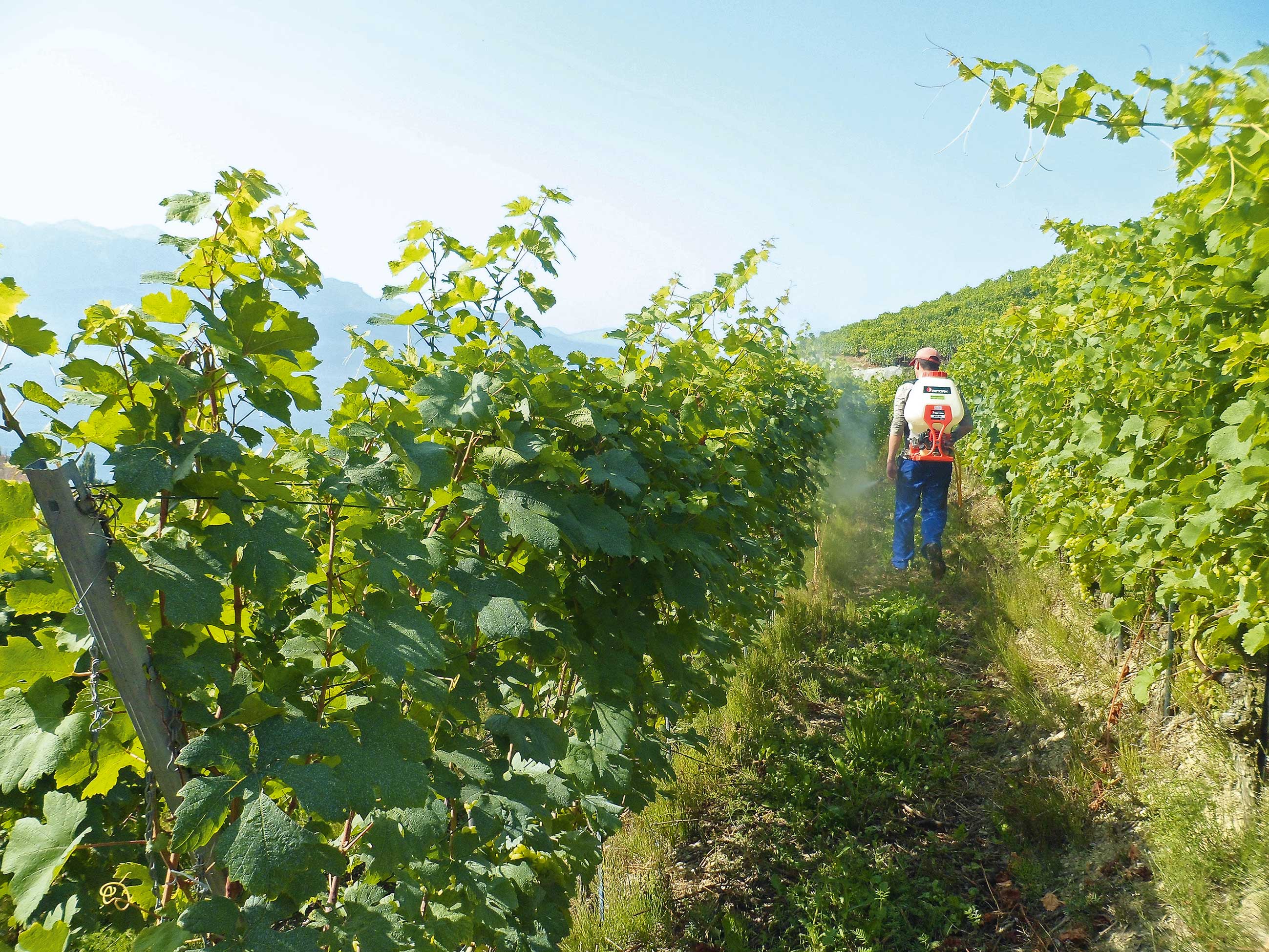
Abstract in open access
The yeast assimilable nitrogen (YAN) in the must is a major component of the quality of the wine. Agroscope set up a vineyard network for three years, with the aim of monitoring the variations of YAN in the must of the cv. Doral (Chardonnay x Chasselas) in the conditions of the lake of Geneva (Switzerland). For each of the five plots, a control treatment with no N fertilisation and a treatment with 20 kg N/ha of foliar urea at veraison allowed to evaluate the efficiency of foliar-N fertilisation to enhance the YAN concentration and its consequences on wine characteristics. The YAN concentration mainly depended on the vintage weather conditions and on the soil. 90 % of the wines gave a better impression after foliar urea supply in the vineyard and 50 % were significantly preferred to their associated control treatment wine.
Keywords: foliar-N fertilization, yeast assimilable nitrogen, wine quality
E-Mail: thibaut.verdenal@agroscope.admin.ch
Adress: Agroscope, 1009 Pully
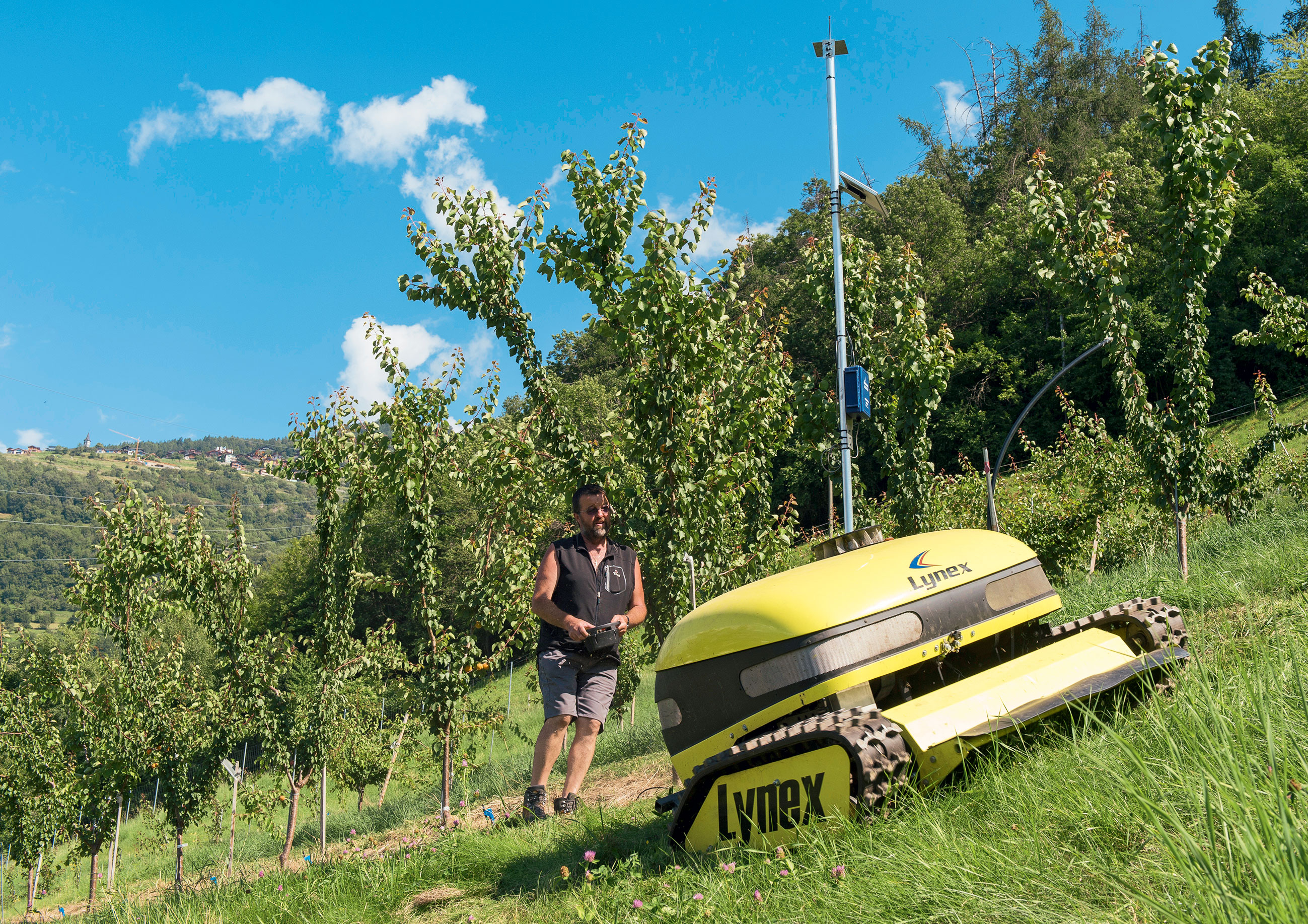
Abstract in open access
The apricot supply chain in Valais has known a strong development in the last years. The public authorities provided support for an orchard renewal and the production has increased. A possible frontier opening could activate a high pressure on the prices and threaten the supply chain by enhancing the competitiveness on the market. The aim of this work is to determine a threshold producer’s price for profitability of various apricot parcel types, and then to determine economic and landscape impacts of a producer’s price decrease. For this purpose, a model of the price sensibility of the parcels has been developed. Finally, possible strategies to maintain good market conditions for the apricot supply chain and to diminish the influence of a high competitive environment will be highlighted. Politics will play an important role in order to ensure favorable conditions for the producers.
Keywords: apricot, profitability, free-trade agreement, public subsidiaries
E-Mail: danilo.christen@agroscope.admin.ch
Adress: Agroscope, 1964 Conthey
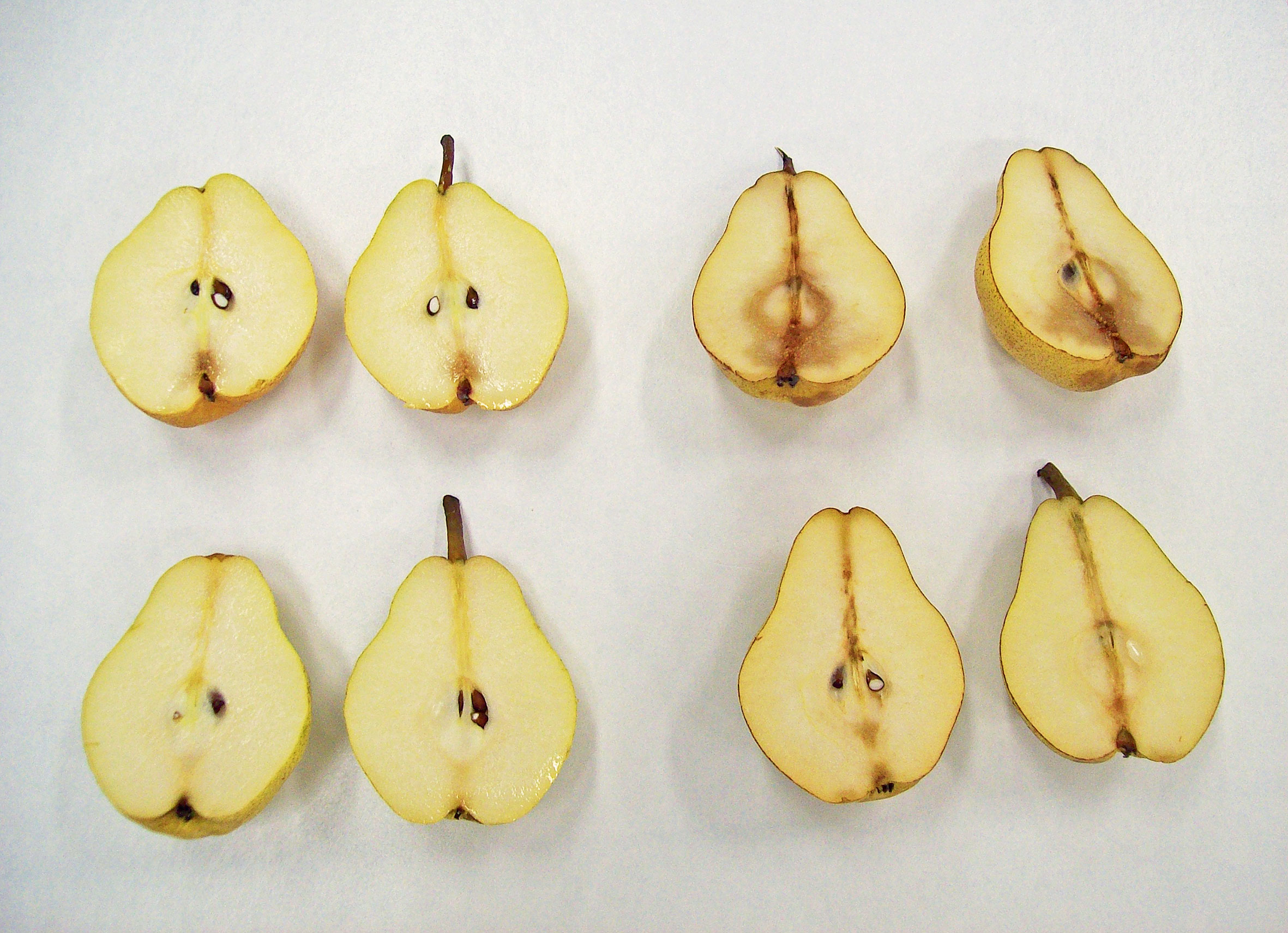
Abstract in open access
After harvest, European pears are maintened in cold storage to delay their maturity. However, visual defects or softening of pears considerably limit the commercial life of the product. In this work, the suitability of 1-methylcyclopropene (1-MCP) treatment to delay the ripening related changes subsequent to cold storage was tested. Two varieties, Comice and Conference pears, were treated or not with 1-MCP in different storages and shelf life lengths. Fruit firmness, flesh browning potential, sugar content and titratable acidity were measured. The 1-MCP treatment was effective in delaying fruit firmness during shelf-life with a higher efficiency after a long-term storage. Besides, the variation of browning index in the flesh of fruits was lower in 1-MCP treated samples, while no consistent effect was observed on the titratable acidity and the content in sugar.
Keywords: pears, 1-MCP, storage, self-life, enzymatic browning, firmness
E-Mail: m.dufrechou@groupe-esa.com
Adress: Ecole supérieure d'agriculture d'Angers ESA, F-49007 Angers Cedex 01
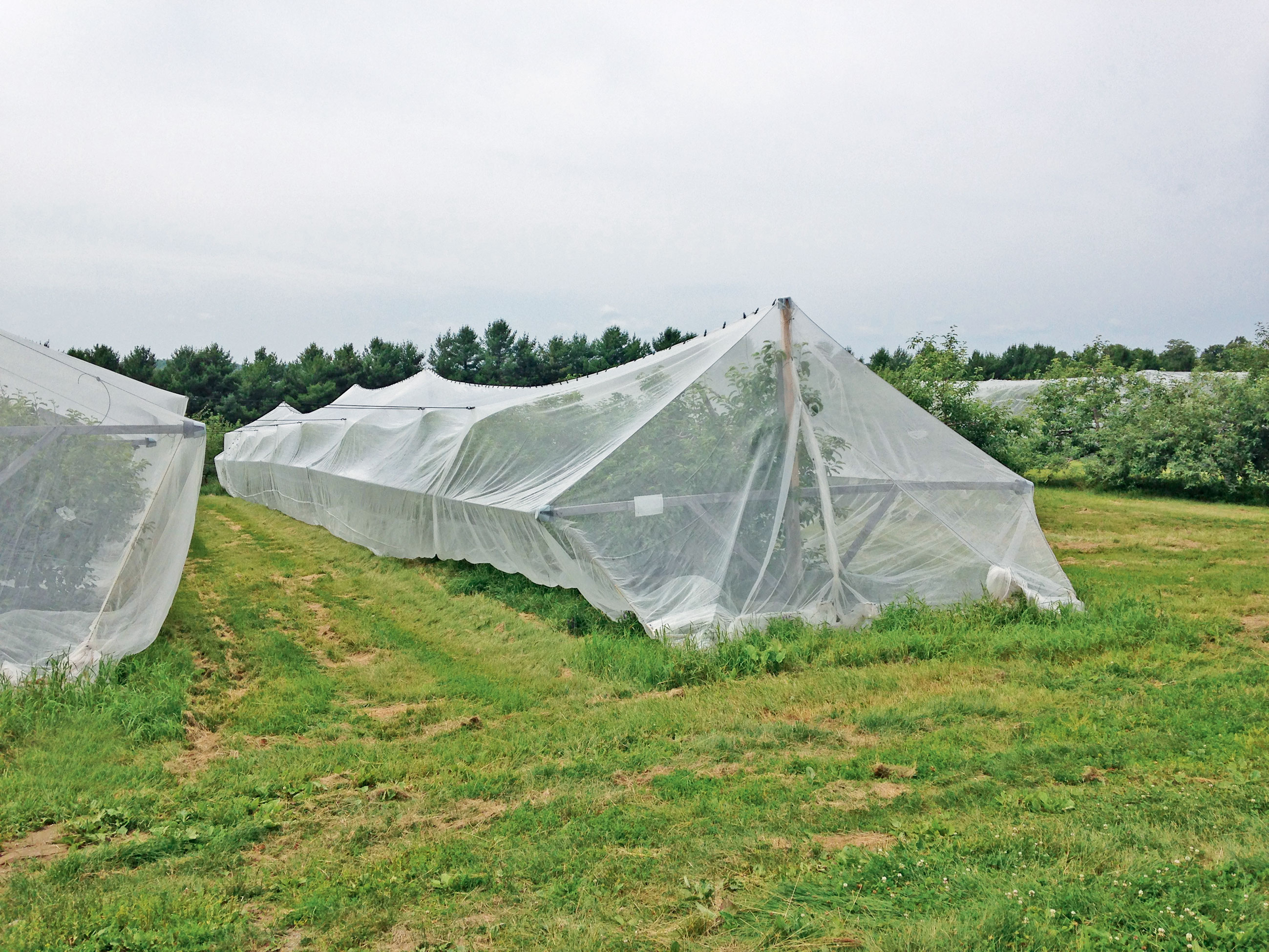
Abstract in open access
Pests are becoming increasingly resistant to the active ingredients of insecticides applied. The exclusion nets are an alternative mean to struggle against pests. Two systems of exclusion nets against pests in apple production were assessed in Victoriaville (Quebec, Canada). Other parameters such as climate and the incidence of scab (Venturia inaequalis) were also measured under the nets. The results were positive against both major pests of apple present on the orchard: Choristoneura rosaceana and Lygus lineolaris. Single rows and multiple rows systems have reduced the damage of C. rosaceana and L. lineolaris from 8.2 to 2.8 and 4.4 % and from 14.3 to 7.3 and 5.4 % respectively. The nets have unfortunately benefited other secondary pests including aphids, a recurring problem of exclusion nets. The exclusion nets seemed to be promising in the struggle against pests in apple production in Quebec.
Keywords: insect pests, apple, exclusion, net, Quebec
E-Mail: dominique.fleury@etat.ge.ch
Adress: Hepia, 1254 Jussy
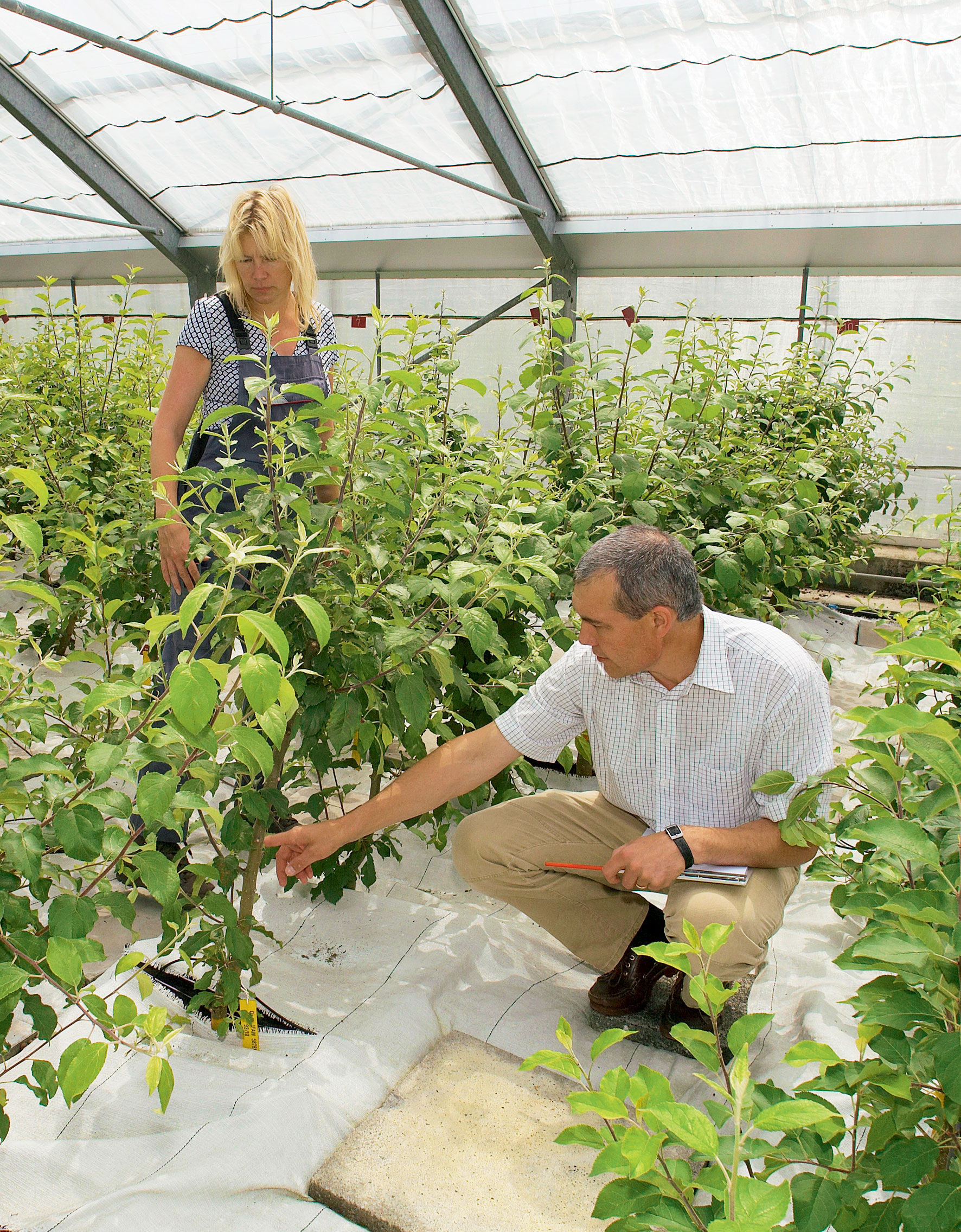
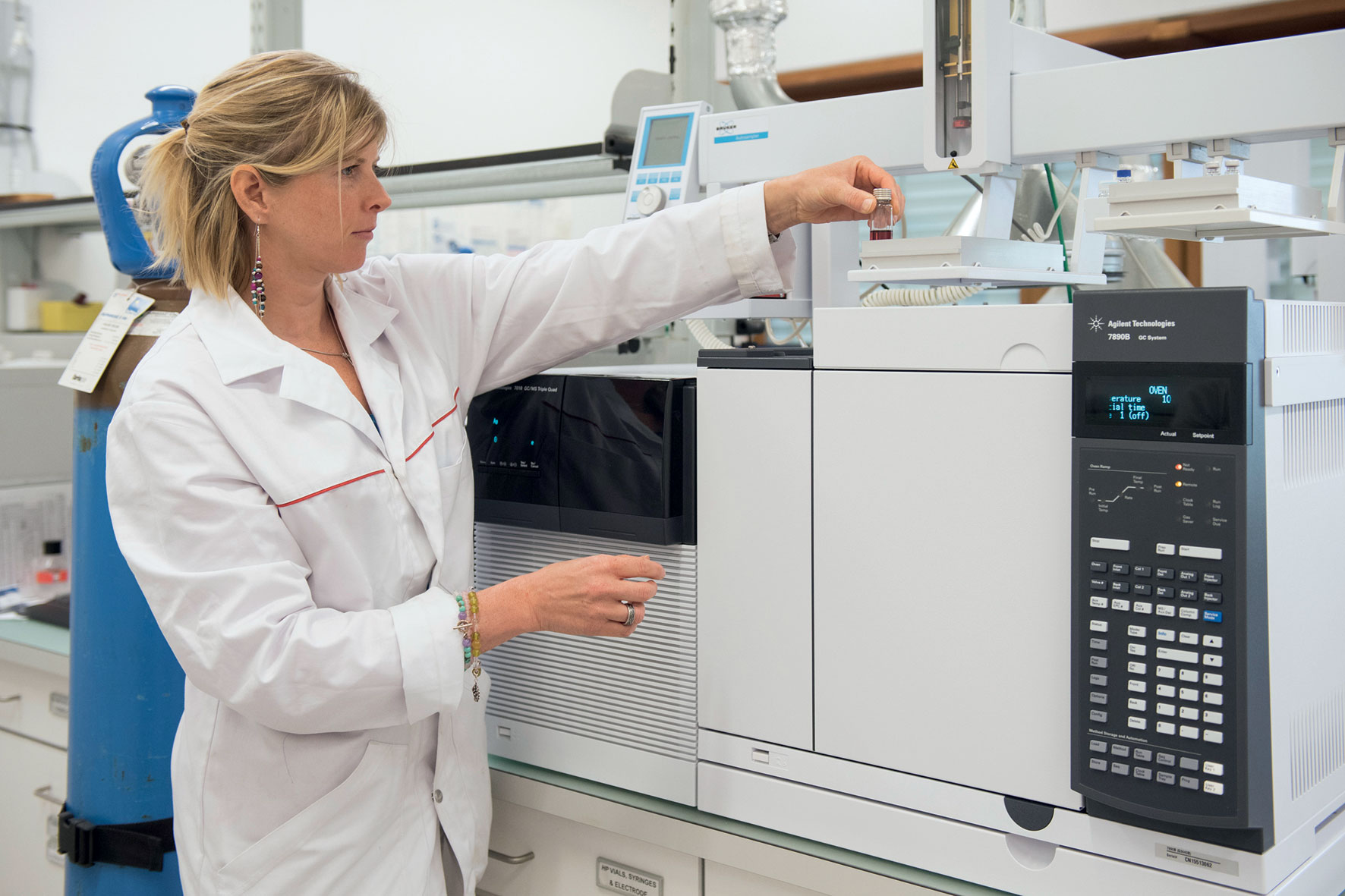

 Download of full issue
Download of full issue
 Download article
Download article